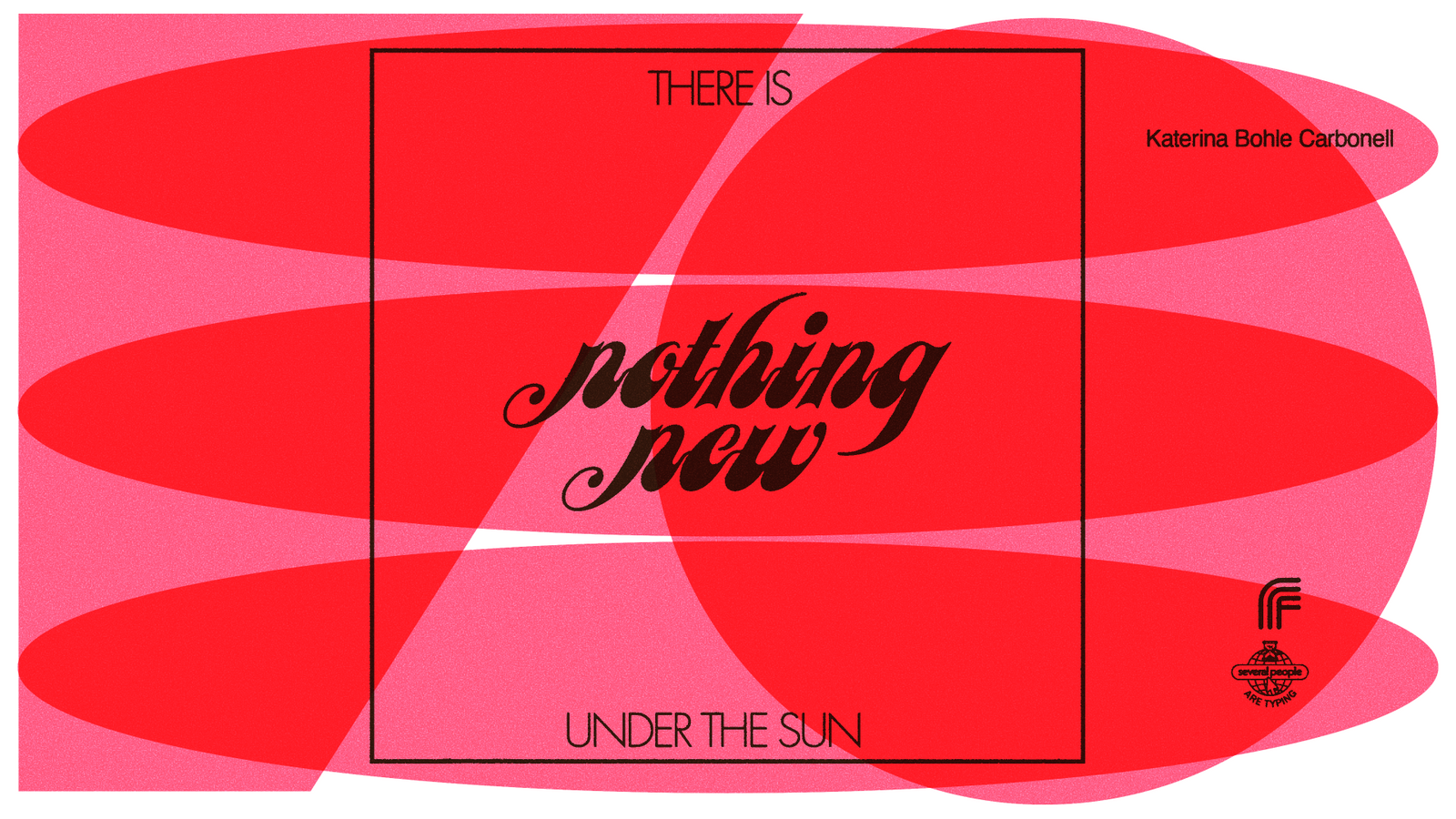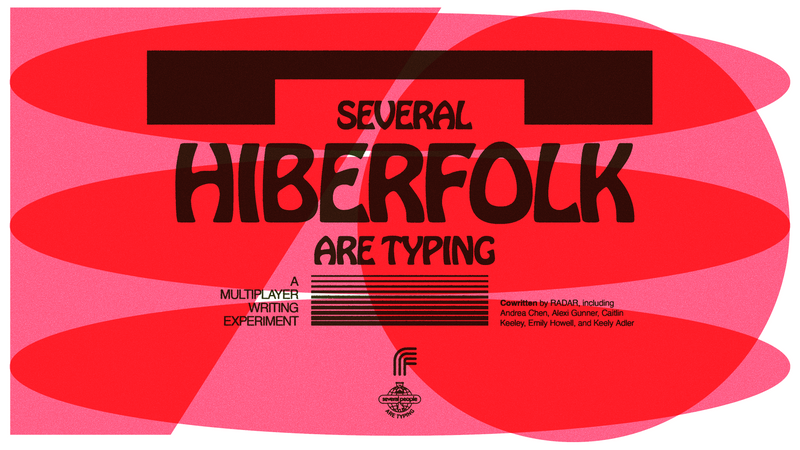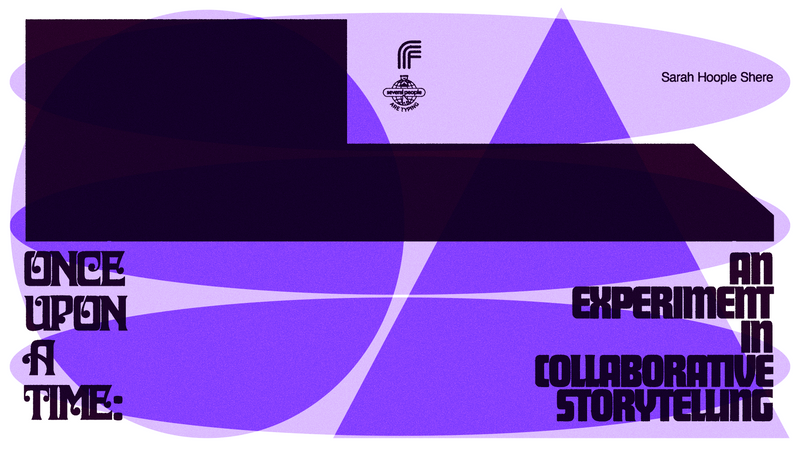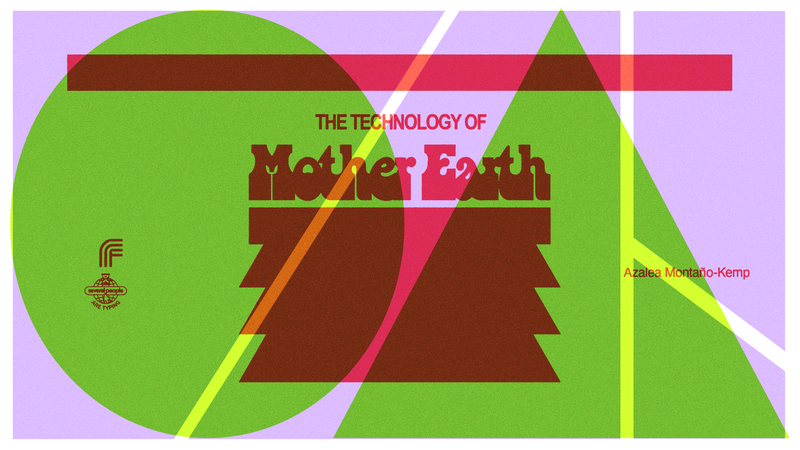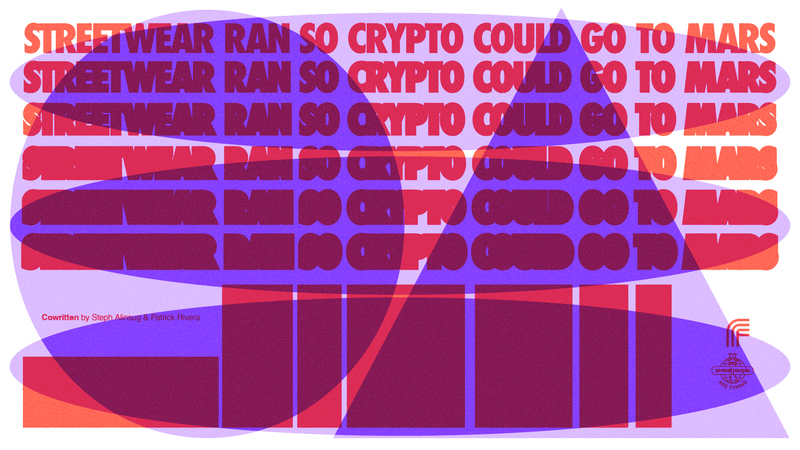This piece was written by Katerina Bohle Carbonell.
I give my kids the bombastic side eye. We're in Madrid airport, traveling from terminal 4 to 4S, and my oldest is filming herself, explaining why we are in a metro. Many hours ago, a sleepy kid asked me where her phone was as she wanted to record the trip – every single second of this 12-hour journey. I shook my head in disbelief about this waste of precious memory space, remembering the days of tape drives and floppy disks.
My children’s creative acts through physical and digital tools are a stark contrast to the hours they spend sitting at a desk in school. For much of the time we spend in traditional public education, projects are individual. Teamwork isn't rewarded – indeed, it’s often punished – and competition between students is encouraged to create a nice bell curve. Top grades are dangled in front of you as a possible but elusive goal, as there is always room for improvement. If there wasn’t room for improvement, why spend time in school?
At the same time, outside school, kids are co-creating every day. Without instruction or encouragement from us wiser adults, games appear out of nothing, sand is transformed into a city with a whale in its center, and the living room is scattered with lego pieces (which I will surely step on, stifling a for fuck’s sake). Co-creation and collaboration are just part of their daily life – when not sitting inside an institution.
That's a small glimpse into my world, where I’m surrounded by young creators every day. They don't call themselves creators. They are just kids living their lives. Scrolling through my Twitter feed, I see participants in the creator economy, people building publicly and sharing their work. To be a creator feels so hyped, made to be something special and remarkable; although, at the end of the day, collaborating is something that comes naturally to humans. Yet, somewhere through the years, we started to eliminate natural co-creation, focusing on efficiency and linear growth. Just think about production lines. Factory workers are forced to specialize in one very narrowly defined task. Natural co-creation takes time; it’s chaotic, progress is halted because of seemingly endless and useless discussions, and conflict endangers progress.
But linear growth is an illusion and efficiency a hidden trap.
I’m not sure when in the story of humankind we shifted away from a co-owned system of production and kickstarted the race to optimize everything. Technology, in its broadest sense, has always been part of our world and isn’t to blame. Maybe the tipping point began when we designed machines that could do more and more of our work for us. In agriculture, the tractor replaced the horse-drawn cart, easing the slow and painful labor of planting and growing fruit and vegetables. Who could blame a farmer for wanting a less laborious day? Tractors prepared fields for the next crop with little effort. But a tractor is only truly efficient and superior over the horse and the human when it’s turning the soil on large fields. Small farms were consolidated to create mega-farms with huge fields where the machine could work efficiently. But with the disappearance of small fields, the hedges between fields disappeared, destroying an ecosystem of birds and insects. These hedges weren’t just barriers between fields, but homes to animals that were useful to farmers. And now, farmers need chemicals and extra products to help protect their crops from diseases.
It’s all an ecosystem of collaboration between species. And efficiency is killing it.
I’m not a farmer's daughter, but the offspring of a public servant bureaucrat, an ex-academic and problem-solver with an uncommon knack for human relationships that was hidden for years beneath his cold Germanness. Now retired, without the pressure of optimizing his time to get the greatest payoff, he has assembled a team of strangers to collaborate on scientific projects close to his heart. He is slowly working to create, build relationships, and help strangers find a common ground so they can create a publication that will impact the future of the world.
He is another creator and collaborator.
The scientist in me can’t help but think that collaboration isn’t magic, and there must be a recipe we can follow to perfect it: a balance between structure and chaos where collaboration can flourish. Some wise adults with three letters behind their names must have found the answer to bringing familiar and unfamiliar faces together to co-create something magical, mind-bending, human-saving. As a lawful holder of those three letters, I have several gigabytes of scientific work stored on my hard drive. A search for collaboration or knowledge sharing brings up endless articles. I could write more than you care to read on the science of collaboration. As scarcity is the mother of all inventions, I’m forcing myself to share one – no, let’s make it three – top scientific facts about collaboration:
High performing teams develop persistent coordination patterns that cut out the middle-person (Eric Quintaine and colleagues, 2013).
I love that cutting out the middle person is a sign of good collaboration. Shorter communication chains are better, as they lower the risk of information being (in)voluntarily distorted by a gatekeeper. From a collaboration perspective, this little fact tells us that we should connect people. We should share our knowledge and curiosity with others, introduce them to friends and acquaintances, and cherish when they start to hang out more with our friends than with us. Because only when we are not the center of a co-creation process have we achieved our goal: collaboration. Hanging on to a person to collaborate with them, knowing that your friend would be a better partner, is FOMO.
By the way, building bridges is also a sign of good leadership. But that’s another science fact ;-)
Knowledge transfer is more successful among people with a common identity (Dokko and colleagues, 2003).
This scientific result points to two related facts about humanity:
- A common purpose unites people
- We are afraid of those who are not part of our group
Everyone struggles a bit with the ‘us vs. them’ conflict. If we have to make a choice, we prefer to share knowledge with and accept ideas from those who are more like us. We prefer to collaborate with those who are similar and compete against those who are different. This does not mean working behind walls and putting everything in a private repo. It only means that your ideas and knowledge are more likely to be accepted and cherished by those similar to you.
That’s why bridge builders are important in ecosystems. They are neither ‘us’ nor ‘them’. As they operate in the gray space between communities, they can pass knowledge and ideas from one community to another without getting pushback. But this great freedom to move between communities comes with a high cost: As they are not the center of a community, they can be quickly forgotten and not credited for seeding the new idea. However, over time, they are remembered as the great wanderer: The person who thanks to passing through communities brings novelty and new ideas.
Takers will go further than givers in the short term, but will lose in the end (Adam Grant, 2013).
Takers are the people who ask for help or favors but do nothing in return. We all need to give into the communities we are part of. We can’t just always take.
And many virtual communities seem to focus on the taking part of human interactions. A quick glance at my Discord notifications is proof enough. The notification begs me to pay attention to it. It screams: read me! engage with me! with the hope that I will start collaborating with the messenger. But, more often than not, it’s an announcement of an event or something that is not relevant to me. It leaves me with a feeling of depletion and loneliness, instead of the energy a collaborative community brings.
Digital assets, physical reality: For whom does it matter?
I realized how strange my (work)life is when a friend mentioned that she’s not part of any online communities. I joined my first one, Workfrom, in 2015, and I’m still a part of it. The community has grown, the faces of members have changed, and the founders have pivoted their product, but they never forgot the OG, the original gangsters.
My online life began even earlier. I met my first online friend, a girl from Germany, in the ‘90s. We ended up spending a weekend together, but as it turned out, we should have stayed online friends – IRL was just different. Maybe if the metaverse had already existed at that time, we would have stayed friends.
Second Life, an early metaverse, started at the same time as MOOCs (massive open online courses). I was a junior researcher at a university and lucky to be part of a department that loved to experiment with different learning formats. I’ve witnessed a friend create a brand strategy course in Second Life and have never seen students so excited to complete course assignments. Second Life was like any virtual world you can visit right now, just clunkier. She created a safe but realistic learning environment for the students; no papers where students had to apply the course content, which all, without fail, end with the fictitious company making billions of euros. But instead the brand strategies were tested in the real and virtual world. Students crossed the boundaries daily between their Second Life company and their real self. Teams created real t-shirts to match their avatars to help with brand recognition. May I just remind you that this was in 2010, more than a decade ago?
We were before our time. It all died out, killed by those who had power in the universities, those who made decisions about budgets and what real learning is.
They didn’t get it.
I struggle to understand the attraction of NFTs, digital assets, and the metaverse. I didn’t get Roblox and saw it as a waste of time. I only saw the dangers: getting lost in a virtual world and spending money on digital assets with no real-life application.
It was only recently that I started to ‘get’ digital collectibles like NFTs, and there are several levels to it. On an intellectual level, I know what they are. I know what it means to own an NFT. But my heart and my head weren't on the same page. When listening to an episode of Context, a podcast from Boys Club, where Marjorie Hernandez talked about LUKSO Blockchain, a door in my heart opened. I remembered my beloved collection of stone elephants I had collected since I was a pre-teen. Some intricate, some small, some big. They are all beautiful. But no one can see them, because they’ve been stored in a box since we moved in 2018. I was sad that, for so long, what I once cherished and displayed in a glass cabinet had receded into the depths of my memory and been forgotten by me, their owner.
Enter the possibility of digital ownership, and more than that, the possibility of verified ownership of your assets. But the digital world doesn't just allow for digital ownership of non-physical assets. It's a place where you can dream, where everything is possible. And this is what attracts my kids to the virtual world: the myriad opportunities. You can build things and experiment. They are well aware that it isn't the real world. In their words, “It's less annoying.”
I’m getting it. For my 11-year-old daughter, Roblox isn’t a game. It’s a meeting place; it’s where she plays with her friend who I forced her to leave behind when we moved country. It’s not stupid or useless, but one of the many places where she meets others to create. Because she’s a creator, the natural, human type. And so are you.
While we adults hype the word ‘community’, looking for this elusive group of people with whom we can hang out and who get us, kids are actively participating in communities every day.
The co-creation children do in the real world continues in the digital world. It’s one and the same. Of course I’ll buy clothes for my Roblox character, my kid retorts when I ask if they will outfit their digital selves. Depending on the platform, their digital self and their real self are the same. The games that they play in the virtual world seep out of the metaverse and become real, while the struggles from the real world also play out in the digital world. But, at the same time, it’s different. The constraints are removed. Co-creation takes on a new, virtual, dimension.
Into the future
While my kids discover virtual worlds and digital assets, my dad is struggling to collect one of my Mirror entries, wanting to own a part of his daughter’s writing and support a creator. But the amazing thing about my father is that while the technology isn’t doing what it should, his mind dug into the concept of blockchain and web3, and ideas started to flourish in his head. He was trying to apply it to his retirement project of writing interdisciplinary scientific books with a group of strangers from different backgrounds, with various disciplinary backgrounds and different incentives.
You see, my father, with maybe 40 years of wisdom, doesn’t try to be efficient with the time he has left. He’s not seeking the big book deal as one of the many thinkers behind Horizon 2020, or perfecting his foreign language skills. He’s looking for strangers to work on topics he enjoys (anyone into geophilosophy?), knowing well that working with strangers is hard. You need to build trust, develop strong relationships, and create a common language. In other words, you need to build a community around the shared mission.
The impatient part of me doesn’t want to experiment with different forms of collaboration, but get it right straight away. I need to look at my children and my father, those without the pressure to perform and bring in money, to realize again that certain things can’t be forced. Yes, you can create structures that nurture collaboration, but you cannot point your finger at people and order them to collaborate.
Communities have always existed and will always exist. Humans will always favor collaboration. We just, for once, have to put our egos aside and realize with our heart, and not just our head, that together we go further. I know it’s a cliché. It’s even in Ecclesiastes, part of the Old Testament: “Again, if two lie together, then they have heat: but how can one be warm alone? And if one prevail against him, two shall withstand him; and a threefold cord is not quickly broken.” (Ecclesiastes 4:11-13)
Go out and talk with someone; create a spark.
Whether it’s online or offline.

